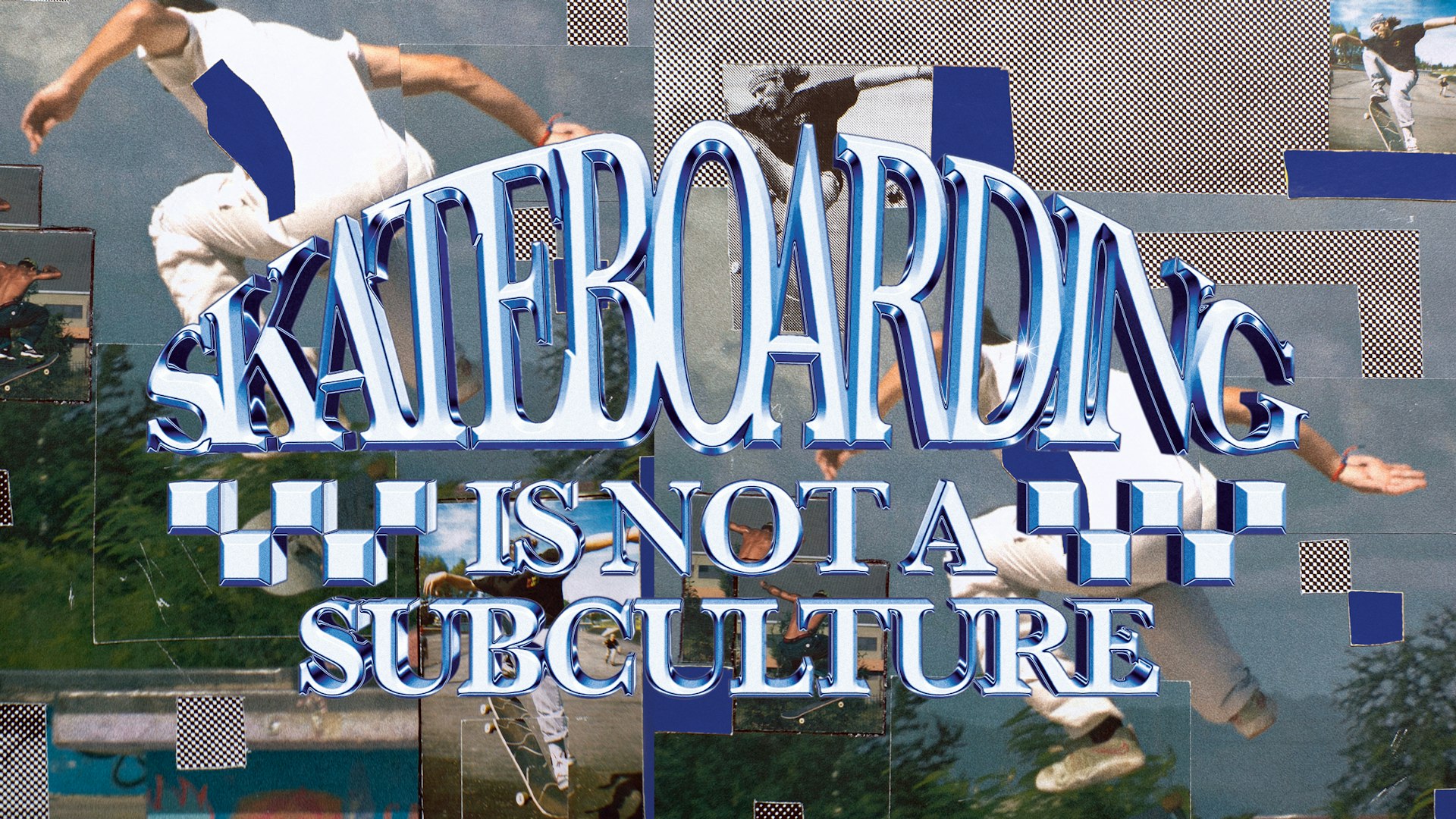Photos celebrating the eccentricities of London
- Text by Miss Rosen
- Photography by John Benton-Harri

Hailing from the South Bronx, John Benton-Harris dreamed of being a pilot or a Method actor – then he discovered photography at age 14 and found his calling. “I quickly realised early on I could be all three as a photographer,” he says.
Now 81, the photographer traces his foundation to Edward Steichen’s seminal photography exhibition, Family of Man, which he saw at Museum of Modern Art in 1955. “It motivated me to focus on the human condition and try to explain men to men and to myself at the same time,” he says.
In 1962, Benton-Harris “sort of gate crashed” art director Alexey Brodovitch’s famed Design Laboratory class at Richard Avedon’s studio. “He was criticising everyone’s work,” Benton-Harris remembers. “He picked up my work and said, ‘He understood what this project was about.’ Then he looked up to say, ‘Who the hell are you?’”

Impressed by Benton-Harris’s moxie, Brodovitch brought him into the fold. The young photographer most enjoyed their conversations at the local automat after class. He was also invited to lunch with Brodovitch and Hungarian photographer André Kertész, who would soon become a lifelong friend.
In 1963, Benton-Harris was about to receive his call up for the draft, so he hatched a plan to leverage his photographic talents in the armed forces. Benton-Harris met with magazine and art heavyweights and discussed story ideas. LIFE magazine thought “Life Through the Eyes of a Private” was interesting, and backed it up with a note of letterhead stationary, which Benton-Harris then took with him, along with his other references to his basic training.
“I remember one morning we were on the on an open field doing calisthenics. It was a very hot day and the men took off their shirts. I was the only guy doing calisthenics with a camera bouncing up and down on my neck,” Benton-Harris recalls.

“The drill sergeant spotted me and said, ‘Where the hell do you think you are — on holiday?’ I mentioned my references, and he sent me to the company commander, who assumed my story idea was also an assignment. I did nothing to correct their perception. So during basic training I did everything twice, to capture the experience for myself and others.”
After training, Benton-Harris moved to San Pedro, California, then to Vicenza, Italy, to work as a photographer with the US Army information service while also running its photographic facility. While with the Army, he took leave to cover the state funeral of Sir Winston Churchill.
Five months later, Benton-Harris relocated to London to continue his investigation of the English and to prove Churchill wrong, when he stated, “You must not underrate England, she is a curious country and few foreigners can understand her mind… She is very clever.”
Although he worked as a photojournalist for the better part of his career, Benton-Harris describes himself as a “visual sociologist.” With Walking London 1965-1988 (Café Royal Books), Benton-Harris looks back at three decades of work.
He observes, “I am social critic with a satirical sense of humour, working to shed new light on a contrary people who say one thing, think another and do a third.”


Walking London 1965-1988 is out now on Café Royal Books.
Follow Miss Rosen on Twitter.
Enjoyed this article? Like Huck on Facebook or follow us on Twitter.
Latest on Huck

“I refuse to accept child poverty is a normal part of our society”: Apsana Begum MP on voting to scrap the cap
After seeking to “enhance” the King’s Speech by voting for the scrapping of the controversial two child benefit cap, the MP for Poplar and Limehouse lost the Labour Whip.
Written by: Apsana Begum

Is skateboarding really a subculture anymore?
With skate’s inclusion in the Olympics, Kyle Beachy asks what it means for the culture around the sport, and whether it’s possible to institutionalise an artform.
Written by: Kyle Beachy

Autism cannot be cured — stop trying
A questionable study into the ‘reversal’ of autism does nothing but reinforce damaging stereotypes and harm, argues autistic author Jodie Hare.
Written by: Jodie Hare

Bristol Photo Festival returns for second edition
After the success of it’s inaugural run, the festival returns this autumn with exhibitions, education and community programmes exploring a world in constant motion through still image.
Written by: Ben Smoke

Documenting the life of a New York gang leader paralysed by gun violence
New photobook ‘Say Less’ is a complex yet humanising look into a life wrecked by gun violence and organised crime.
Written by: Isaac Muk

The woman who defined 80s Hip Hop photography
A new exhibition brings together Janette Beckman’s visionary and boundary pushing images of an era of cultural change and moral panic.
Written by: Miss Rosen